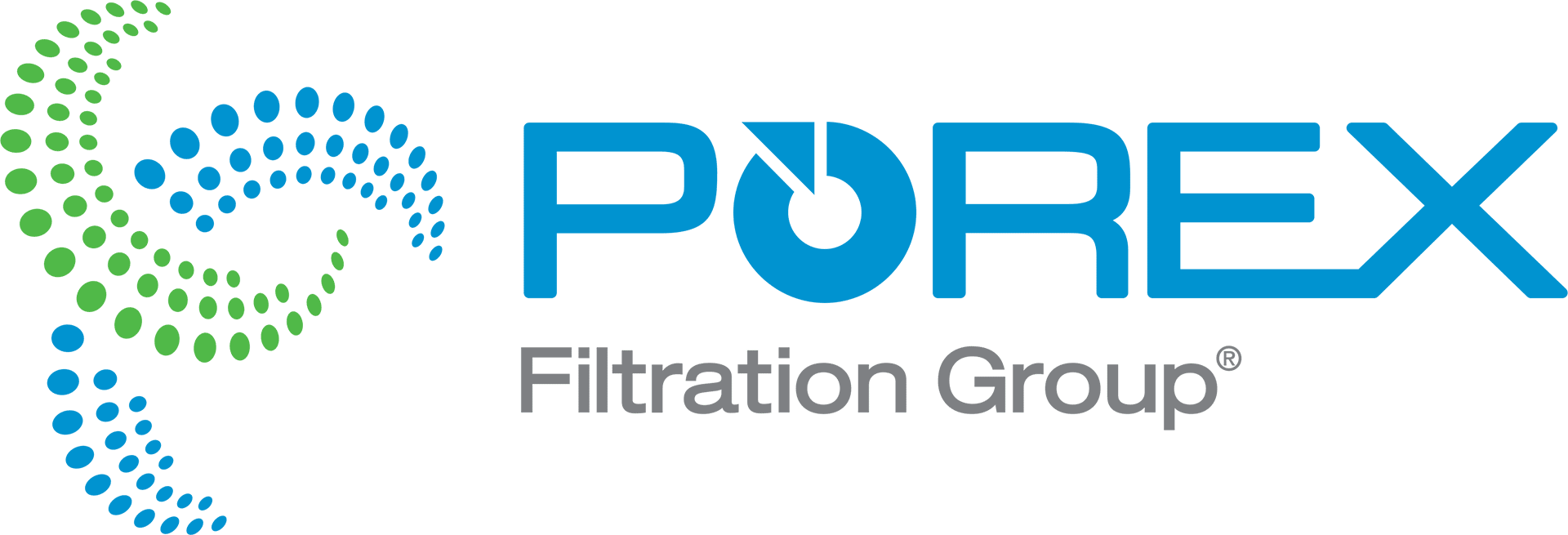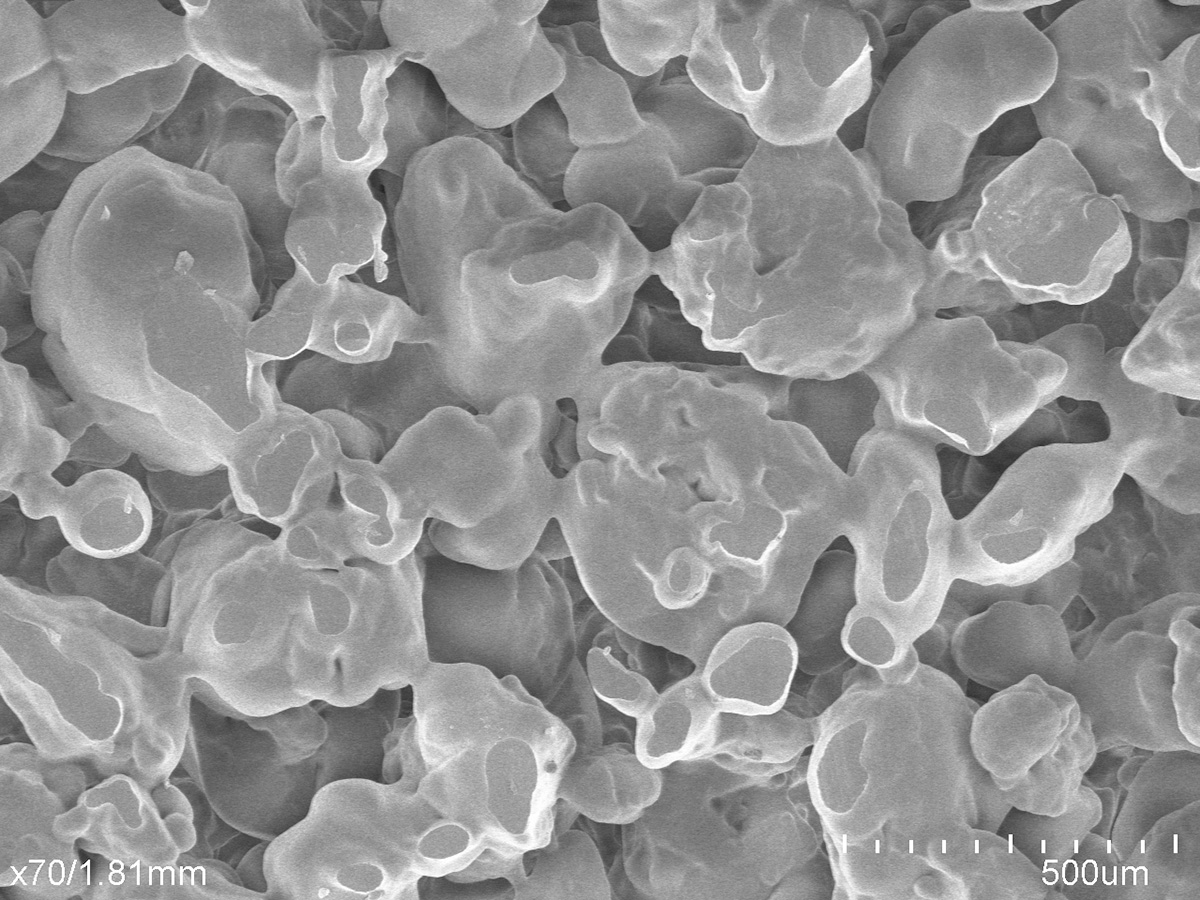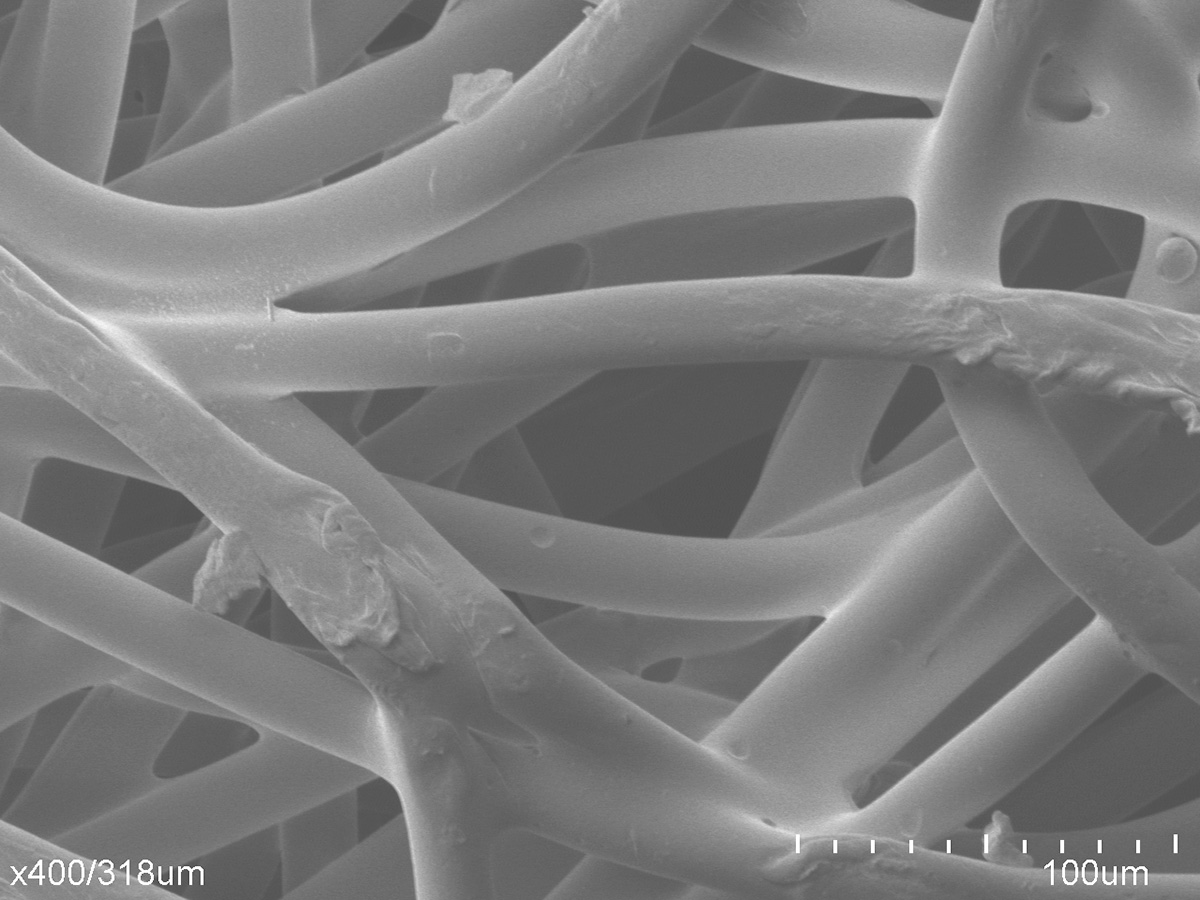At Porex, we take seriously our mission to make the world safer, healthier & more productive.
These aren’t words on a wall or on a coffee mug. Our mission forms the basis for why we are in business and how we choose to work with our customers. Because we are a porous plastics manufacturer, sustainability is a key part of how we are committing to our mission for our customers, employees, and suppliers.
We are proud to share the four key pillars of our Porex Sustainability program below, as well as the underlying programs that will enable us to reach our long-term goals through our products, our plants, our practices, and our partners.
We all share in the commitment to innovate together in order to make the world safer, healthier & more productive.
Our Sustainability Pillars
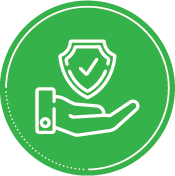
Deliver positive impact in every community where we have a global site through employee engagement programs.
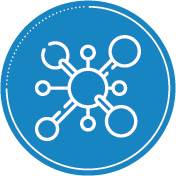
Material Innovation
Plastic has made modern life possible, saving lives every day. However, approximately 40% of the 448 million tons of plastic produced each year is disposable, used as packaging intended to be discarded after purchase. Less than 20% of all plastics get recycled globally, and this number drops to 10% in the United States.
Porex uses virgin plastic in the manufacturing of the majority of our products. Our first sustainability pillar is Material Innovation, because we see that our future lies in innovating with our suppliers and customers to develop ways to incorporate less virgin plastic in our products. See below for the many ways we are incorporating this pillar across the company – from development to commercial and manufacturing – so that we can achieve this goal. To request help with using sustainable porous polymer materials in your product design, use our Sustainable Design Request form at the bottom of this page.

In our products
Recycled resins from PE and PET bottle & packaging companies
Bio-based polymers derived from plants
New biodegradable polymers and additives to accelerate biodegradation

In our plants
Reduce material waste during manufacturing through innovation

In our practices
Train engineering & commercial teams to bring sustainable options into customer discussions
Design for manufacturability to eliminate waste

With our partners
Strategic alliances with companies focused on developing sustainable products
Partner with material suppliers to ensure supply capacity for sustainable materials
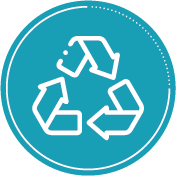
Waste & Recycling
According to the United Nations, people dump 2.12 billion tons of waste each year. We take seriously our role in both the reduction of generated waste as well as an increase in the percentage of waste that is reused or recycled at all of our sites. Not only do we see this as a commitment at each site, but we believe that educating our employees will help take these practices beyond our sites and into our communities. See below for the many ways we are working to achieve our goal to avoid and/or divert waste from landfills to higher-value alternatives.

In our products
Improved material design for manufacturability to reduce waste

In our plants
Reduce landfill waste generated by our offices & plants
Increase % waste being recycled across all offices & plants
Review current usage and practices at each plant for energy & water usage reduction

In our practices
Global recycling education in all facilities
Facilitate recycling & composting with multi-bin programs in each facility

With our partners
Partner with key waste management companies in each locale for audits and measurement
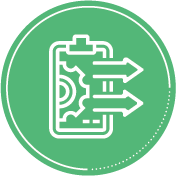
Supply Chain
As a global company where each of our eight manufacturing sites supplies customers around the world, optimizing our supply chain’s carbon footprint is foundational to our sustainability program. Our sustainability focus within this pillar is on optimizing our overall supplier network by mapping to individual customer and site in order to decrease overall transport miles / kilometers. By looking at our supply chain holistically, we continue to decrease our GHG emissions over time.

In our products
Increase % sustainable WIP and finished goods in inventory
SKU and supplier network optimization
Promote supplier packaging that is sustainable

In our plants
Supplier mapping to decrease transport miles / kms to sites
Optimize our production location to align with customer’s plant location

In our practices
Material mapping to product and site to optimize purchasing decisions

With our partners
Increase % suppliers with sustainability programs
Strengthen supplier partnerships with long-term continuous improvement projects that impact sustainability

Community
Porex has eight manufacturing facilities spread across Asia Pacific, North America, and Europe. As such, the local communities in which we reside are very diverse, each with their own unique needs. At the heart of our Community pillar is our focus on ensuring our mission to make the world safer, healthier & more productive is embodied by our employees at each site. What the mission means to the local community surrounding each site may be different, but our purpose never changes. See below for the ways in which we empower each site to develop local partnerships and employee engagement programs to ensure our mission is not only understood but that it is lived.

In our products
Focus on partnering with customers in market segments that make products that align with our mission

In our plants
Provide quarterly options for employee engagement in the local community at each site

In our practices
Ongoing training and engagement around our mission and what it means

With our partners
At each site, partner with local community organizations that support our mission
Sustainable Design Request
Bring us your toughest sustainable design challenge.
Porex’s sustainable product development activities cover all three porous polymer technology platforms: sintered particles, bonded fiber and open-cell foam. Sustainable materials for use in porous polymer components include – but are not limited to:
- Recycled polyethylene (PE) and polyester fiber (PET)
- Biodegradable PE, PE fiber, and PET fiber
- Bio-based polyurethane
Porex continues to accept early development projects, serving as a partner in innovation across an array of industries. If you are ready to talk with us about a sustainable product you are developing, please reach out to us via this Sustainable Design Request form. You will be immediately connected with our engineering team to discuss your ideas.
